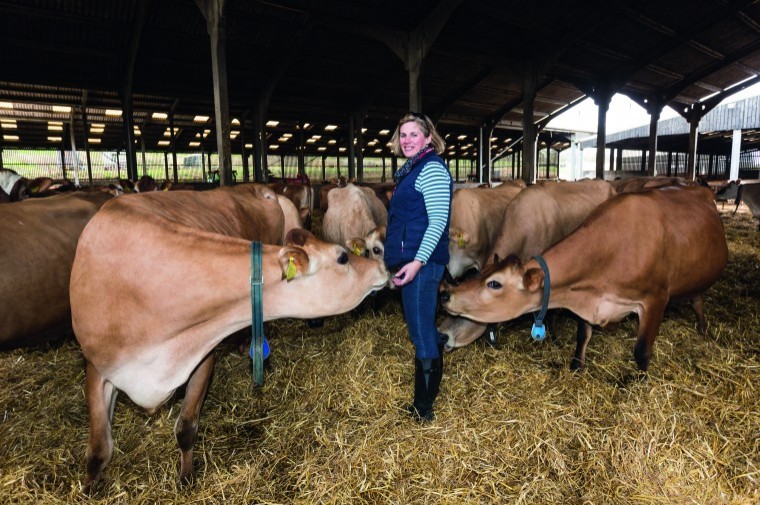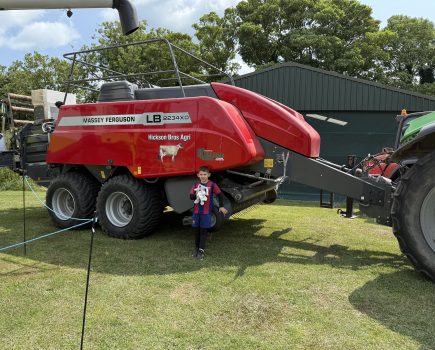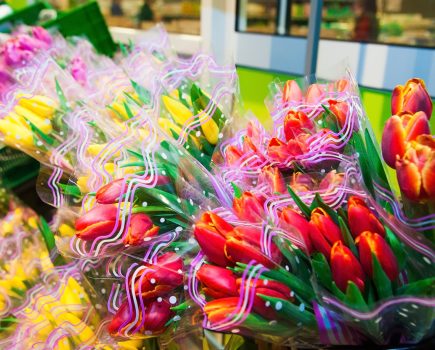Water, Water, Water everywhere. As I sit to write this, it’s pouring with rain again. The weather is still rather mild for the time of year, and I seem to have been plagued by a nasty bout of tonsilitis.
Being made to slow down has certainly helped my Christmas shopping, although I dread to think what may turn up. I’ve even ordered the turkey. Fingers crossed it’s all behind me now.
Combining in Australia appears to be intermittent as well, with the amount of rain that they have had. At home the remaining maize has been combined and is now in an ag bag having been crimped for added feed for the dairy cows.
Christmas will be upon us before we know it, and it will be a Christmas with a difference. The boys will all be working, all the horses are in, and Fergus being ‘down under’ will make it a little different. Nonetheless, we shall have our last nativity play to go and watch.
Excitement will be building as the children break up from school and pantomime season begins in earnest. Oh no it won’t! With a birthday on Boxing Day and a brother away, Zara is planning on stealing her brother’s horse to go on an exciting trail hunt with the East Kent with West Street Hunt.
Autumn drilling seems to have been prevalent in all areas of the country this year. Statistics show that up to 25% more autumn crops have been drilled in comparison to the past five years, presumably because the weather conditions have been so favourable.
Despite coming down from the highs in the spring, UK feed prices have remained historically high, driven by the Ukraine war and the tight global supply picture. The cropping of wheat seems to be on the rise, with a slight decrease in winter barley. Oilseed rape also seems to be on the rise again.
However, higher fertiliser prices and the effect of reduced fertiliser applications in 2022 will make interesting reading. Should growers apply less fertiliser to offset the cost of a more valuable crop? Ukraine’s winter wheat planting area is down by more than 40%.
With Ukraine being one of the world’s top wheat exporters, with essential buyers including Egypt, Tunisia, Morocco, Indonesia, Pakistan, and Bangladesh, a further drop in production will leave many scrambling to find alternative solutions. The race to secure grain could drive up the price globally.
Ukraine harvested around 19 million tonnes of wheat in 2022; usually they would harvest around 38 million tonnes, and with a further sharp drop predicted in 2023 it will certainly leave the world looking for alternative solutions.
As a nation we need to aim to become self-sufficient. This could be a little difficult in the current climate, and since the UK hasn’t been self-sufficient since the mid 1700s, the target may seem a little unrealistic.
In 2015 the NFU published a survey suggesting that over half the UK’s food will need to be imported from overseas in a generation’s lifetime. This has unfortunately become a reality in 2022.
Unfortunately, it is often cheaper to import food from other countries than to grow it locally. For example, although the UK can grow tomatoes, it is a very resource intensive process. Instead we can import them from the Netherlands as, even with import duties, it works out cheaper.
During Covid-19 the UK population turned and purchased local produce, and somehow we need to turn this around again. I don’t believe that the UK can ever truly be self-sufficient when it comes to food and drink, but if we all made small changes to our way of life by eating seasonally it would go a long way.
Until next time – wishing all our readers a very merry Christmas and a Happy New Year. Stay safe and take care.







